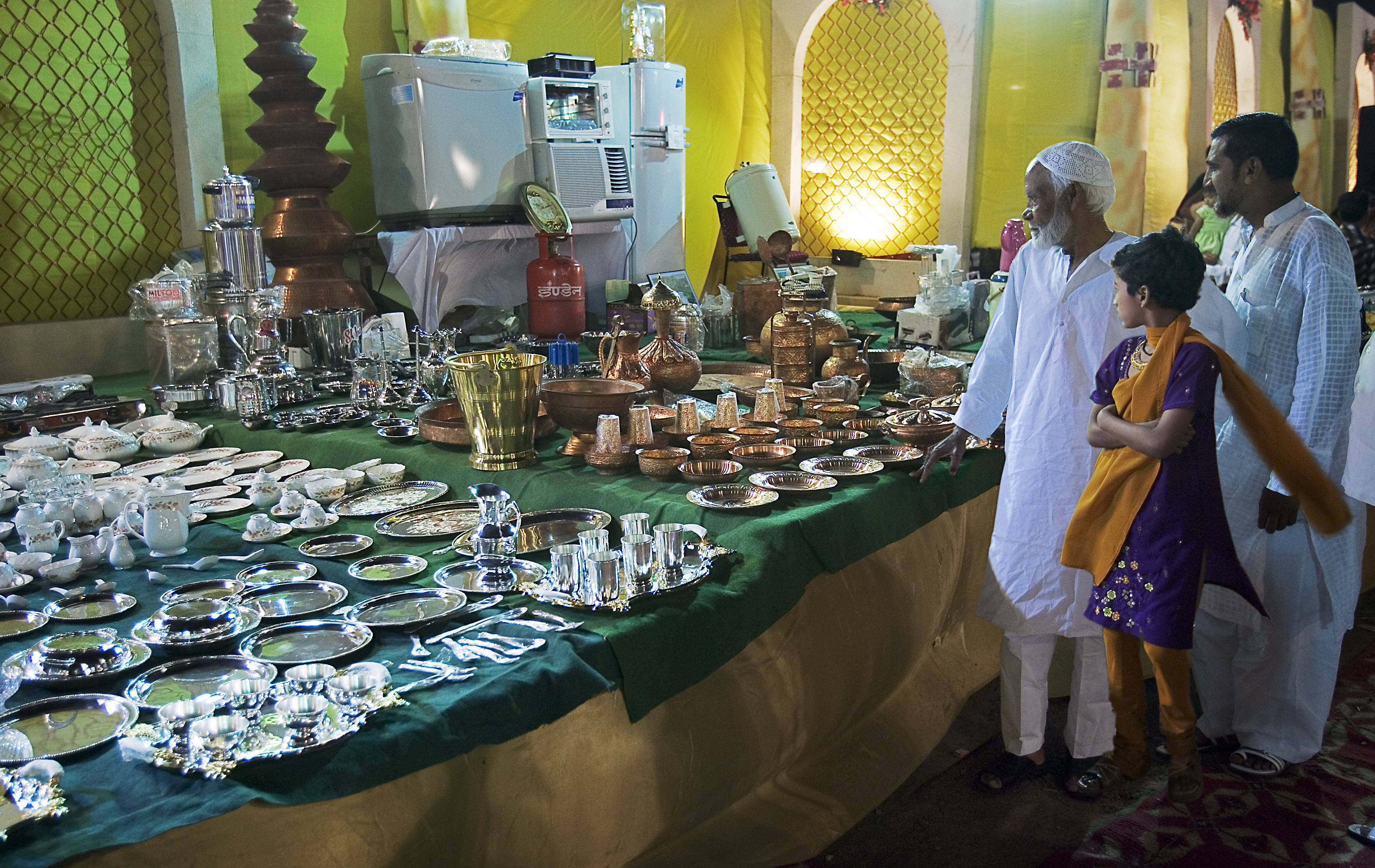In both European and Indian societies, dowry has traditionally been an important part of marriage. Sometimes it is described as an Indo- European institution. Eriksen has defined dowry as follows:
Dowry means that the bride brings gifts from her family into the marriage, often household utensils, linen and other things for the home.
Dowry has been interpreted in terms of the nature of a particular society. It has been seen as compensation to the man’s family for undertaking to support the woman economically.
ADVERTISEMENTS:
There are a few societies which consider the amount of dowry as a burden on the family of the girl. Sometimes, the parents of the daughter are obliged to borrow from moneylenders, friends and kinsmen.
The dowry system has also made inroads into the tribal society. It is largely due to the increasing contacts of the tribals with the caste Hindus.
We observe that dowry is not unique to India only. In the US and Europe, it is expected of a bride to bring some gifts in the form of clothes and ornaments to the family of her husband.
ADVERTISEMENTS:
What is to be noted is that in these countries dowry has not taken a vulgar form as it has in some of the Asian countries, especially India.
